
United States Colored Troops (USCT) were Union Army regiments during the American Civil War that primarily comprised African Americans, with soldiers from other ethnic groups also serving in USCT units. Established in response to a demand for more units from Union Army commanders, USCT regiments, which numbered 175 in total by the end of the war in 1865, constituted about one-tenth of the manpower of the army, according to historian Kelly Mezurek, author of For Their Own Cause: The 27th United States Colored Troops. "They served in infantry, artillery, and cavalry." Approximately 20 percent of USCT soldiers were killed in action or died of disease and other causes, a rate about 35 percent higher than that of white Union troops. Numerous USCT soldiers fought with distinction, with 16 receiving the Medal of Honor. The USCT regiments were precursors to the Buffalo Soldier units which fought in the American Indian Wars.
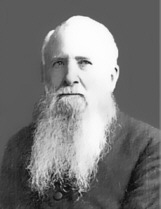
Milton Lorenzo Haney was a regimental chaplain in the United States Army.

John Michael Tobin was an officer in the Union Army who received the Medal of Honor for his actions at the Battle of Malvern Hill during the American Civil War.

The African American Civil War Memorial Museum, in the U Street district of Washington, D.C., recognizes the contributions of the 209,145 members of the United States Colored Troops (USCT). The eponymous memorial, dedicated in July 1998 by the African American Civil War Memorial Freedom Foundation, commemorates the service of 209,145 African-American soldiers and about 7,000 white and 2,145 Hispanic soldiers, together with the approximate 20,000 unsegregated Navy sailors, who fought for the Union in the American Civil War, mostly among the 175 regiments of United States Colored Troops.
The Battle of Honey Hill was the third battle of Sherman's March to the Sea, fought November 30, 1864, during the American Civil War. It did not involve Major General William T. Sherman's main force, marching from Atlanta to Savannah, Georgia, but was a failed Union Army expedition under Brig. Gen. John P. Hatch that attempted to cut off the Charleston and Savannah Railroad in support of Sherman's projected arrival in Savannah.
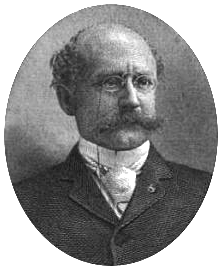
Henry Harrison Bingham was an American politician from Pennsylvania who served as a Republican member of the U.S. House of Representatives for Pennsylvania's 1st congressional district from 1879 to 1912. He was a Union Army officer in the American Civil War, fought in some of the key battles of the war and received the United States Military's highest award for valor, the Medal of Honor, for his actions at the Battle of the Wilderness.
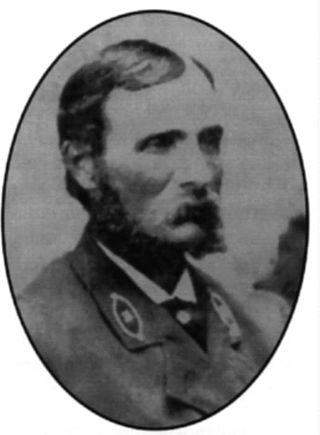
Marcus Aurelius Hanna was an American lighthouse keeper famous for his heroism. He is the only person in history to have received both the Medal of Honor and the Gold Lifesaving Medal.
The 24th Wisconsin Infantry Regiment was a volunteer infantry regiment that served in the Union Army during the American Civil War.

Andrew Jackson Smith served as a soldier in the Union Army during the American Civil War and received America's highest military decoration, the Congressional Medal of Honor, for his action in the Battle of Honey Hill.

The 55th Illinois Volunteer Infantry Regiment was an infantry regiment that served in the Union Army during the American Civil War. The regiment is sometimes referred to as the Canton Rifles or the Douglas Brigade 2nd Regiment.

John Porter Hatch was a career American soldier who served as general in the Union Army during the American Civil War. He received a Medal of Honor for gallantry in action at the September 1862 Battle of South Mountain during the Maryland Campaign.
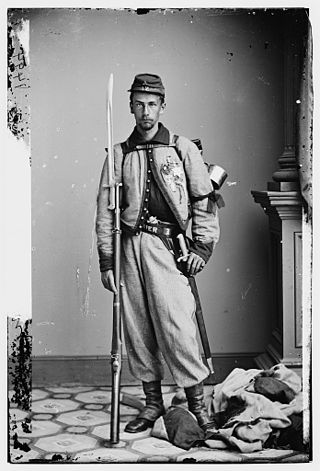
Francis Edwin Brownell was a Union Army soldier who received a Medal of Honor for his actions during the American Civil War. Brownell received the award for killing James W. Jackson after Jackson shot Col. Elmer E. Ellsworth, colonel of the 11th New York Volunteer Infantry Regiment. Although Brownell did not receive the award until 1877, twelve years after the war had ended, his actions were the earliest in the war that resulted in the receipt of the award.
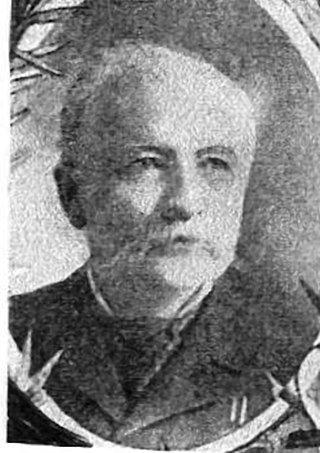
Charles Adams Hunter was a soldier in the American Civil War who received the Medal of Honor for valor in action.
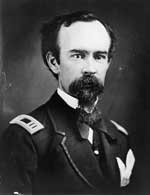
Mason Carter was a U.S. Army officer who served in the American Civil War and the Indian Wars during the late 19th century. He received the Medal of Honor for his role in the Battle of Bear Paw fought on January 8, 1877.
Hispanics in the American Civil War fought on both the Union and Confederate sides of the conflict. Not all the Hispanics who fought in the American Civil War were "Hispanic Americans" — in other words citizens of the United States. Many of them were Spanish subjects or nationals from countries in the Caribbean, Central and South America. Some were born in what later became a U.S. territory and therefore did not have the right to U.S. citizenship. It is estimated that approximately 3,500 Hispanics, mostly Mexican-Americans, Puerto Ricans and Cubans living in the United States joined the war: 2,500 for the Confederacy and 1,000 for the Union. This number increased to 10,000 by the end of the war.

Alfred Stedman Hartwell was a lawyer and American Civil War soldier, who then had another career as cabinet minister and judge in the Kingdom of Hawaii.
Sergeant Augustin D. Flanagan was an American soldier who fought in the American Civil War. Flanagan received the country's highest award for bravery during combat, the Medal of Honor, for his action during the Battle of Chaffin's Farm in Virginia on 29 September 1864. He was honored with the award on 6 April 1865.
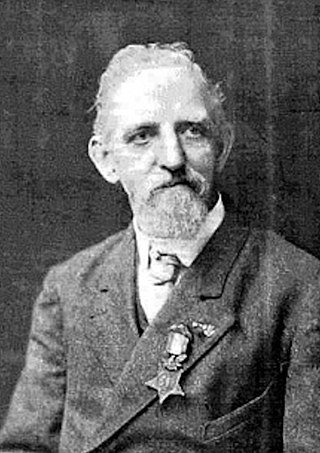
John H. Harbourne was an English born American soldier who fought in the American Civil War. Harbourne received his country's highest award for bravery during combat, the Medal of Honor. Harbourne's medal was won for his actions during the Second Battle of Petersburg on June 17, 1864. He was honored with the award on February 24, 1897.
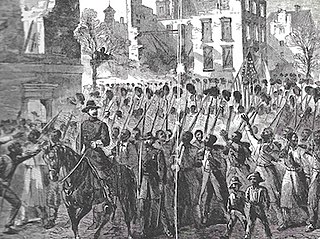
The 55th Massachusetts Infantry Regiment was the sister regiment of the renowned Massachusetts 54th Volunteers during the latter half of the American Civil War. The enactment of the Emancipation Proclamation by United States President Abraham Lincoln on January 1, 1863 opened the way for the enlistment of free men of color and newly liberated slaves to fight for their freedom within the Union Army. As the ranks of the 54th Massachusetts quickly reached its full complement of recruits, an overflow of colored volunteers continued to pour in from several other states outside Massachusetts — many of whom simply had not arrived in time — prompting Governor John Albion Andrew to authorize yet another regiment of colored soldiers sponsored by the Commonwealth. Lieutenant Colonel Norwood P. Hallowell of the 54th Massachusetts was promoted to colonel and appointed commander of the 55th Massachusetts on May 30, 1863. Five companies of the 55th Massachusetts were mustered into service on May 31; two more companies were mustered in on June 15; and the last three on June 22.

Jacob Sanford was an American soldier who fought for the Union Army during the American Civil War. He received the Medal of Honor for valor.
















